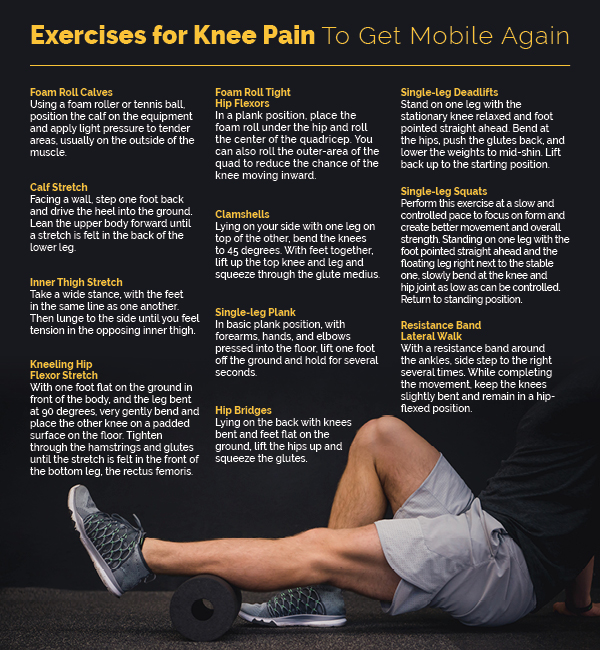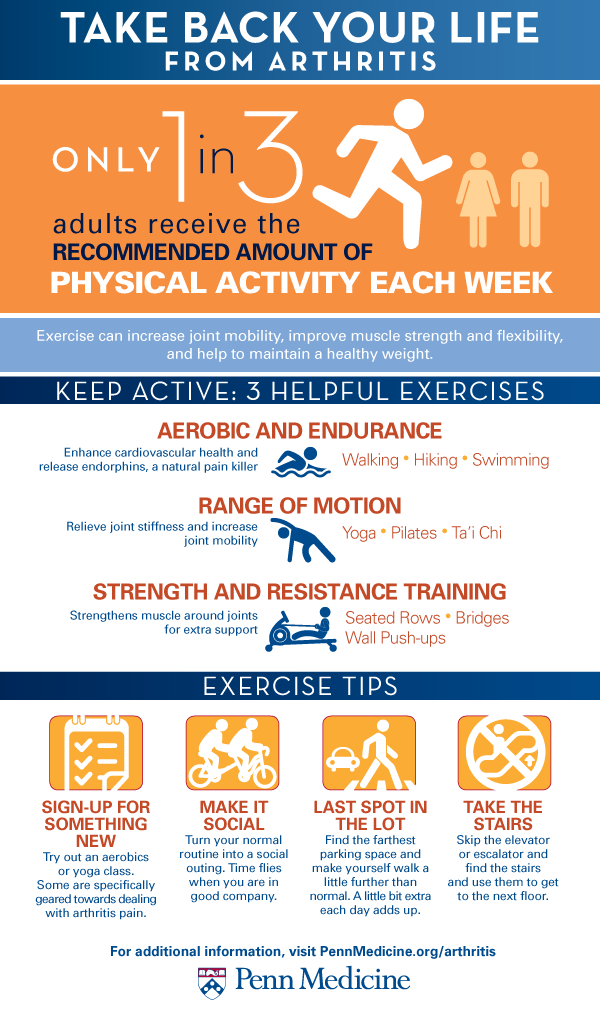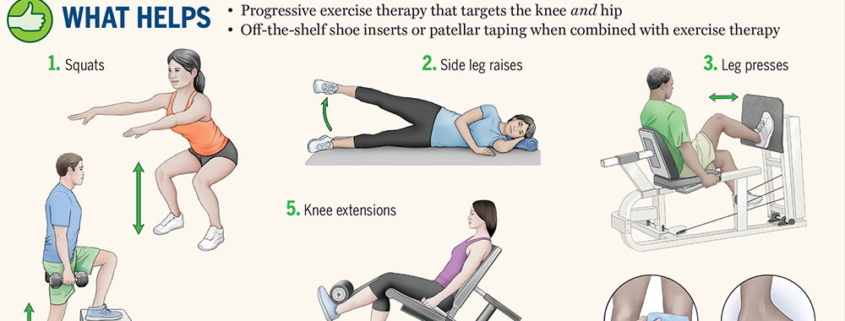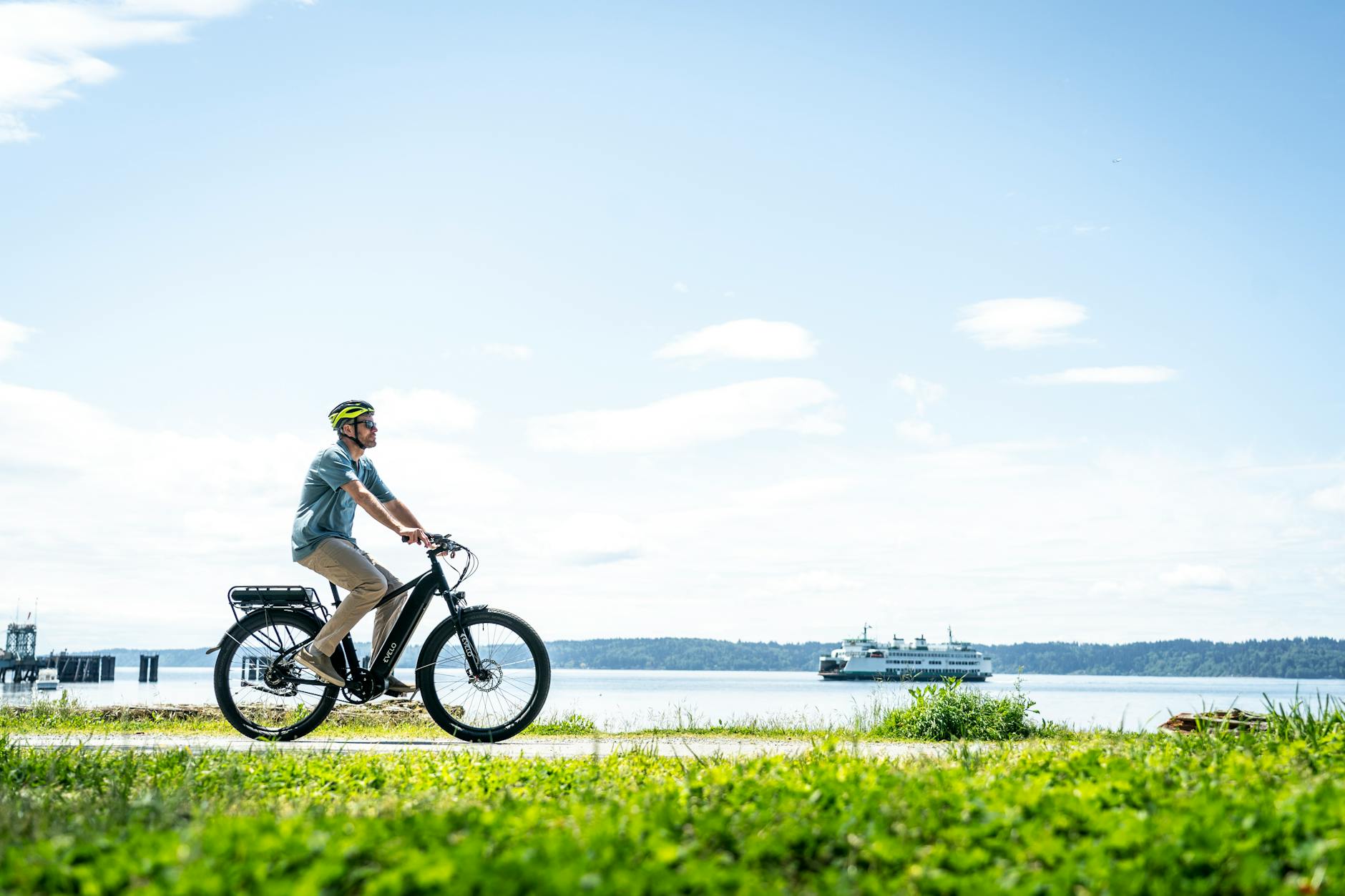Discover the secret to ending knee pain for good with these top exercises that will have you feeling relief fast.
Table of Contents
- Introduction to Knee Pain
- Common Reasons for Knee Pain
- Getting Ready to Help Your Knees
- Exercise: Quad Set
- Exercise #2: Leg Raises
- Exercise #3: Calf Raises
- Exercise #4: Straight Leg Lifts
- Exercise: Hamstring Curls
- Remembering Safety During Exercise
- What to Do if Exercises Make Pain Worse
- Conclusion and Final Thought
- FAQ: Questions Kids Ask About Knee Pain
Introduction to Knee Pain
Our knees are essential joints that help us move around, run, play, and have fun. But sometimes, our knees might feel a little sore or uncomfortable, and that’s what we call knee pain. In this section, we’ll explore what knee pain is all about and why it’s crucial to take care of our knees.
What is Knee Pain?
Have you ever felt a dull ache or discomfort in your knees when you walk or run? That’s what knee pain feels like. When our knees hurt, it can make moving around a bit difficult and might even stop us from doing all the fun activities we enjoy. But don’t worry, there are ways to help ease that pain and make our knees feel better.
Why Do We Need Healthy Knees?
Our knees are like the hinges on a door, allowing us to bend and move easily. Without healthy knees, it would be challenging to walk, run, jump, or kick a ball. Keeping our knees in good shape is vital for staying active and having a great time playing with our friends. So, let’s learn more about how to take care of our knees and keep them happy!
Common Reasons for Knee Pain
When our knees start hurting, it can be really uncomfortable, but there are a few common reasons why this happens. Let’s take a look at why our knees might hurt sometimes.
Ouch! How Injuries Affect Our Knees
Sometimes, when we fall or have an accident, we can hurt our knees. When this happens, it can cause pain and make it hard to move around. It’s important to be extra careful to avoid hurting our knees, and if we do get hurt, it’s best to see a grown-up for help.
Arthritis: When Joints Get Really Sore
Arthritis is when the joints in our bodies, including our knees, get really sore. It can make it hard to bend our knees or walk without feeling pain. Sometimes, kids can get arthritis too, so it’s important to take care of our knees by doing exercises that help keep them strong and healthy.
Getting Ready to Help Your Knees
In order to keep our knees healthy and strong, it’s important to take some steps to prepare before starting any exercises. By following these simple guidelines, you can prevent pain and injuries while working to improve your joint health.

Image courtesy of www.issaonline.com via Google Images
Warm-Up: The First Step to Happy Knees
Before jumping into any exercises, it’s crucial to warm up your body. This helps to get the blood flowing to your muscles and joints, making them more flexible and less prone to injury. You can warm up by taking a short walk, doing some light stretching, or even dancing to your favorite song. Just a few minutes of warming up can make a big difference in how your knees feel during and after your workout.
Listen to Your Body: Knowing Your Limits
While it’s essential to challenge yourself during exercises, it’s equally important to listen to your body and know when to stop. If you start feeling pain or discomfort in your knees, it’s a sign that you need to take a break. Pushing through the pain can make things worse and lead to more serious injuries. By paying attention to how your knees feel and being mindful of your limits, you can keep them safe and healthy while still getting a good workout.
Exercise: Quad Set
In order to help ease knee pain, it’s important to engage in specific exercises that target the muscles surrounding the knee joint. One such exercise that can be beneficial is the Quad Set. This exercise is designed to strengthen the quadriceps muscles, which play a crucial role in supporting the knees. Let’s walk through how to perform the Quad Set safely and effectively.
Steps for the Quad Set Exercise
1. Start by lying down on your back with your legs outstretched and your feet flat on the floor.
2. Tighten the muscles on the top of your thigh of one leg by pressing the back of your knee down onto the floor. You should feel your thigh muscle tightening.
3. Hold this contraction for about 5-10 seconds, making sure to breathe normally throughout.
4. Relax your thigh muscle and release the contraction. Repeat this sequence 10-15 times for each leg.
This simple exercise helps build strength in the quadriceps, which can ultimately provide better support for your knees. Remember to perform the Quad Set gently and avoid overexerting yourself. Consistency is key, so try to incorporate this exercise into your routine a few times a week to see the benefits for your knee health.
Exercise #2: Leg Raises
Leg raises are a great way to make your knees stronger. When you do leg raises, you work on the muscles around your knees, making them more stable and less likely to hurt.

Image courtesy of www.pennmedicine.org via Google Images
Here’s how you can do leg raises:
- Lie down flat on your back. You can do this on a bed or a mat on the floor.
- Bend one knee and keep the other leg straight out in front of you.
- Slowly lift your straight leg up towards the ceiling, making sure to keep it straight.
- Lower your leg back down slowly and repeat the movement.
- Try doing 10 leg raises on each leg to start.
Remember to do leg raises slowly and carefully. If you feel any pain while doing this exercise, stop immediately. It’s important to listen to your body and not push yourself too hard.
Exercise #3: Calf Raises
In this section, we will learn about calf raises, a simple yet effective exercise that can help support our knees by strengthening the muscles lower down the leg.
How to Do Calf Raises
To perform calf raises, stand with your feet hip-width apart and raise yourself up onto the balls of your feet. Hold this position for a few seconds, feeling the stretch in your calf muscles, and then slowly lower yourself back down. Repeat this movement for a few sets, aiming for 10-15 repetitions in each set.
| Exercise | Description | Benefits |
|---|---|---|
| Leg Extensions | Sit on a chair and straighten one leg at a time, then lower it back down. | Strengthens quadriceps muscles which support the knee joint. |
| Hamstring Curls | Using ankle weights, bend one knee at a time against resistance. | Helps balance the strength of front and back of thigh muscles, reducing strain on the knee. |
| Single Leg Raises | Lie on your back and lift one leg at a time without bending your knee. | Strengthens hip muscles and improves stability of knee joint. |
| Calf Raises | Stand with feet hip-width apart and rise onto the balls of your feet, then lower down. | Strengthens calf muscles which support the muscles around the knee. |
| Squats | With feet shoulder-width apart, bend knees and lower hips towards the ground. | Strengthens multiple leg muscles and improves overall knee stability. |
Calf raises are a great way to target the muscles in your lower legs, which in turn can provide added support to your knees. This exercise is especially beneficial for those with knee pain, as it helps to build strength and stability in the surrounding muscle groups.
Exercise #4: Straight Leg Lifts
In this exercise, we will learn how to do straight leg lifts to help improve our knee health. Straight leg lifts are a great way to strengthen the muscles around the knees, which can be very beneficial for managing knee pain and aiding in injury recovery.

Image courtesy of www.istockphoto.com via Google Images
Lifting Legs to Help Your Knees
Straight leg lifts involve lifting one leg off the ground while keeping it straight. This movement targets the muscles in your thighs and can help improve your knee stability and strength. Here’s how you can do straight leg lifts:
- Lie flat on your back on a mat or soft surface.
- Bend one leg at the knee and keep the other leg straight out in front of you.
- Slowly lift your straight leg off the ground, making sure to keep it straight.
- Hold your leg up for a few seconds, then slowly lower it back down.
- Repeat this movement with the other leg.
Straight leg lifts can be done in sets of 10-15 repetitions on each leg. Remember to take it slow and focus on using the muscles in your thighs to lift your leg, rather than swinging it up quickly. This exercise may feel challenging at first, but with practice, you will strengthen the muscles around your knees and help improve your joint health.
Exercise: Hamstring Curls
Hamstring curls are an excellent exercise that can help alleviate pressure on your knees. The hamstring muscles are located at the back of your thigh, and by strengthening them, you can provide better support for your knee joints.
How to Do Hamstring Curls
To perform hamstring curls, you can use a stability ball or resistance band. Here’s how you can do it:
1. Lie flat on your back with your knees bent and your feet flat on the floor.
2. Place the stability ball or resistance band under your heels.
3. Keeping your hips lifted, slowly curl your heels towards your buttocks.
4. Hold this position for a few seconds, then slowly lower your legs back to the starting position.
5. Repeat this movement for 10-15 repetitions.
Remember to focus on using your hamstrings to curl your heels towards your buttocks. This exercise can help strengthen the muscles in the back of your thigh, providing better support for your knees.
Remembering Safety During Exercise
In order to protect our knees and prevent further pain or injury, it’s essential to remember safety precautions while exercising. Whether you’re doing a light workout or engaging in more strenuous activities, here are some top tips to keep in mind:

Image courtesy of saanichphysio.com via Google Images
Top Tips for Exercising Without Ouchies
1. Warm Up: Always start your exercise routine with a proper warm-up. This helps to loosen up your muscles and prepare your body for the workout ahead.
2. Listen to Your Body: Pay attention to any discomfort or pain during exercise. If something doesn’t feel right, stop immediately and give your knees a rest.
3. Use Proper Form: Make sure you’re performing exercises correctly to avoid unnecessary strain on your knees. If you’re unsure about the right technique, ask an adult or a fitness instructor for guidance.
4. Take It Slow: Don’t push yourself too hard. It’s important to gradually increase the intensity of your workouts to prevent overexertion and potential knee injuries.
5. Stay Hydrated: Drink plenty of water before, during, and after your workout to keep your muscles hydrated and functioning properly.
6. Wear the Right Shoes: Opt for supportive and comfortable athletic shoes that provide cushioning and stability for your feet and knees.
By following these safety tips, you can enjoy your exercise routine while safeguarding your knees from unnecessary pain and injury.
What to Do if Exercises Make Pain Worse
In some cases, exercises meant to help with knee pain may end up making the pain worse. It’s essential to pay attention to your body’s signals and know what to do if this happens.
When It’s Time to Stop and Tell a Grown-Up
If you start feeling more pain while doing exercises, it’s crucial to stop immediately. Pain is your body’s way of telling you that something is not right. Continuing to push through the pain can lead to further injury and discomfort.
When you notice that exercises are making your knee pain worse, don’t hesitate to talk to a grown-up about it. They can help you assess the situation and determine the best course of action. Whether it’s modifying the exercises, seeking medical advice, or taking a break from exercising, a responsible adult will guide you in the right direction.
Remember, taking care of your body is the most important thing, even if it means pausing your exercises for a while. Your health and well-being should always come first.
Conclusion and Final Thought
Now that you’ve learned all about how to ease knee pain and keep your knees healthy, remember that these exercises are not just for grown-ups. Kids like you can benefit from them too! By doing these exercises regularly, you can strengthen the muscles around your knees, reduce pain, and even prevent future injuries. It’s essential to take care of your knees so you can keep running, jumping, and playing without discomfort.

Image courtesy of healthsciences.unimelb.edu.au via Google Images
So, whether you’re recovering from an injury, dealing with arthritis, or simply want to keep your knees in top shape, these exercises can help you on your journey to better knee health. Remember to always listen to your body and never push yourself too hard. If you feel any pain during these exercises, stop and ask a grown-up for help.
With dedication and a little time each day, you can make a big difference in how your knees feel. Stay active, stay healthy, and keep on moving!
FAQ: Questions Kids Ask About Knee Pain
Why do my knees hurt when I run?
When you run, your knees have to support your body weight and absorb the impact of each step. Sometimes, if you run too much or don’t warm up properly, the muscles around your knees can get tired and sore, causing pain. It’s important to stretch and warm up before running to help prevent knee pain.
What should I do if I fall and my knee starts hurting?
If you fall and hurt your knee, the first thing you should do is stop and check for any swelling or bruising. Apply ice to the area to reduce inflammation and elevate your leg to help with circulation. If the pain doesn’t go away or gets worse, make sure to tell a grown-up so they can help you figure out if you need to see a doctor.
Can exercises really make my knees feel better?
Yes, exercises that strengthen the muscles around your knees can help support and protect your knees, reducing the chances of pain. By doing exercises like quad sets, leg raises, calf raises, straight leg lifts, and hamstring curls, you can improve your knee health and even recover from injuries faster. Just remember to do them correctly and not push yourself too hard to avoid causing more pain.





